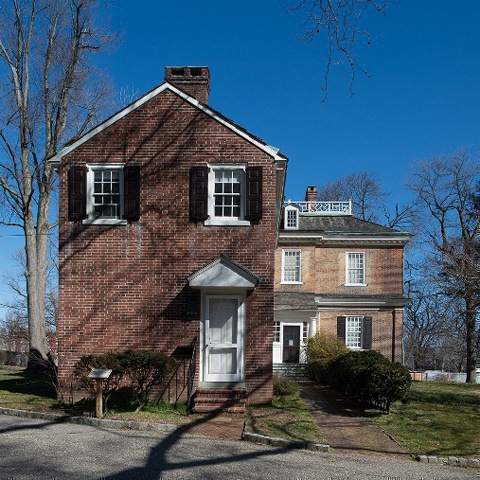Exterior
5/5
Interior
5/5
Site
3/5
History
4/5
Overall
5/5
The original single story house was added to in the high Georgian era making Woodford one of the grand Georgian Mansions of Philadelphia. The house and interior collection is not to be missed



